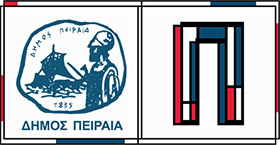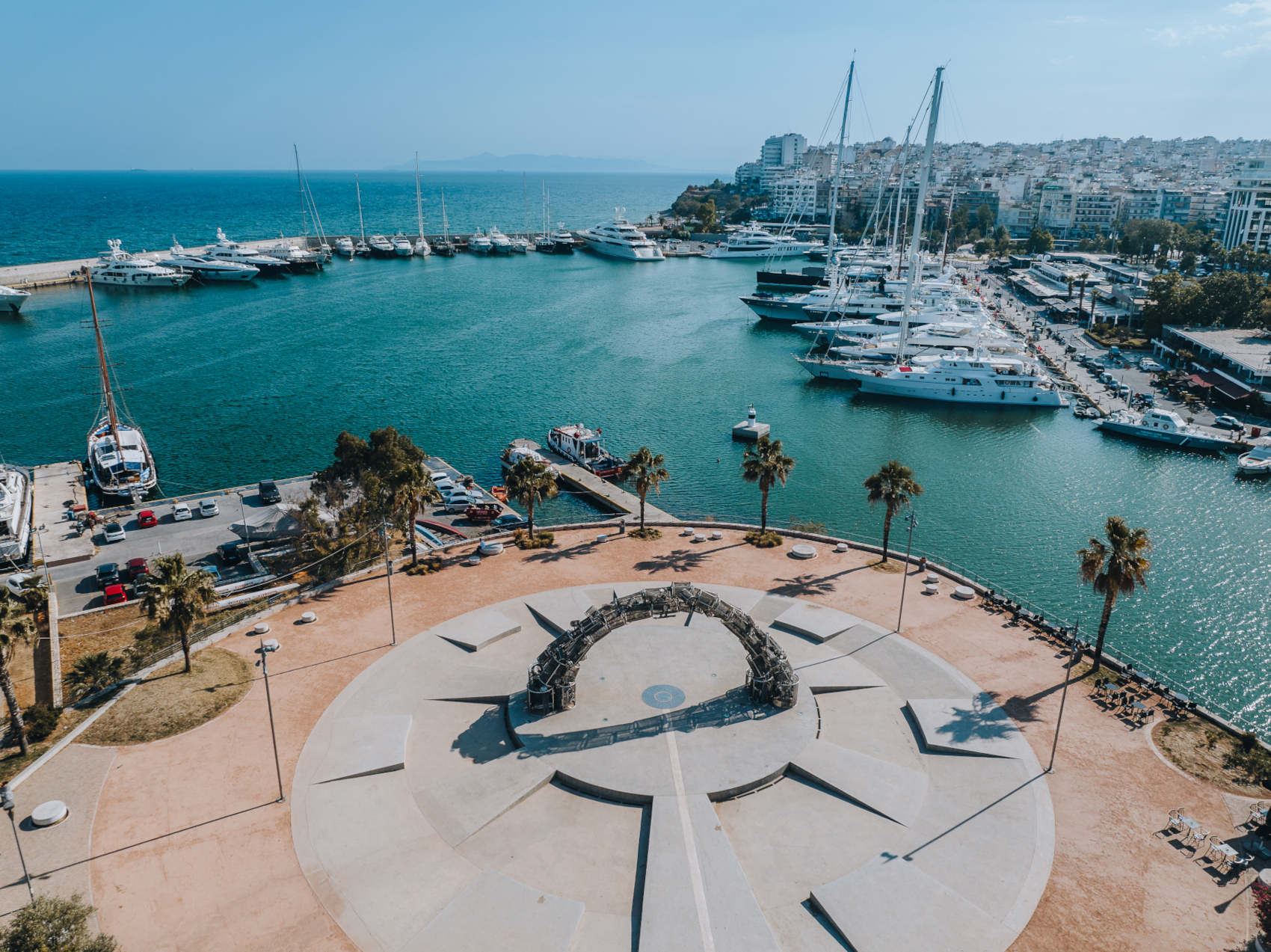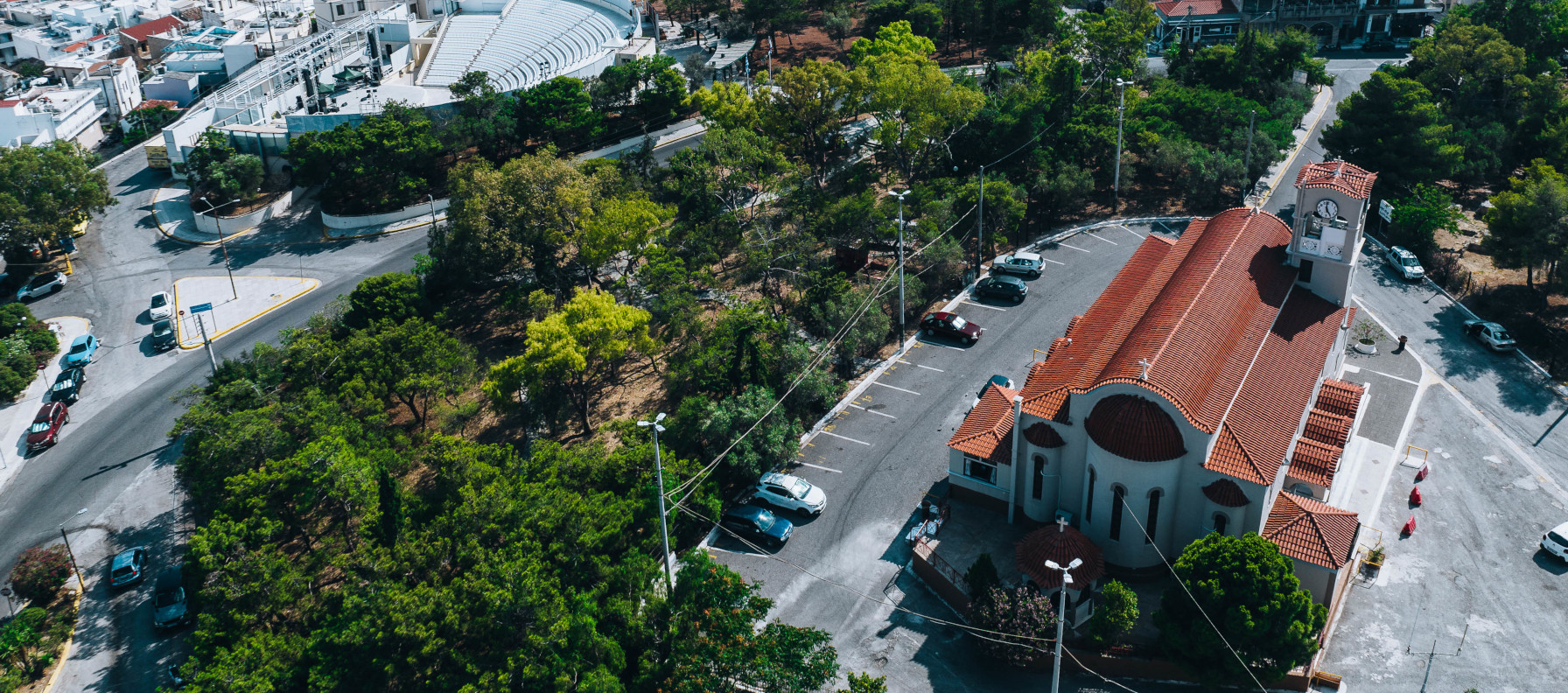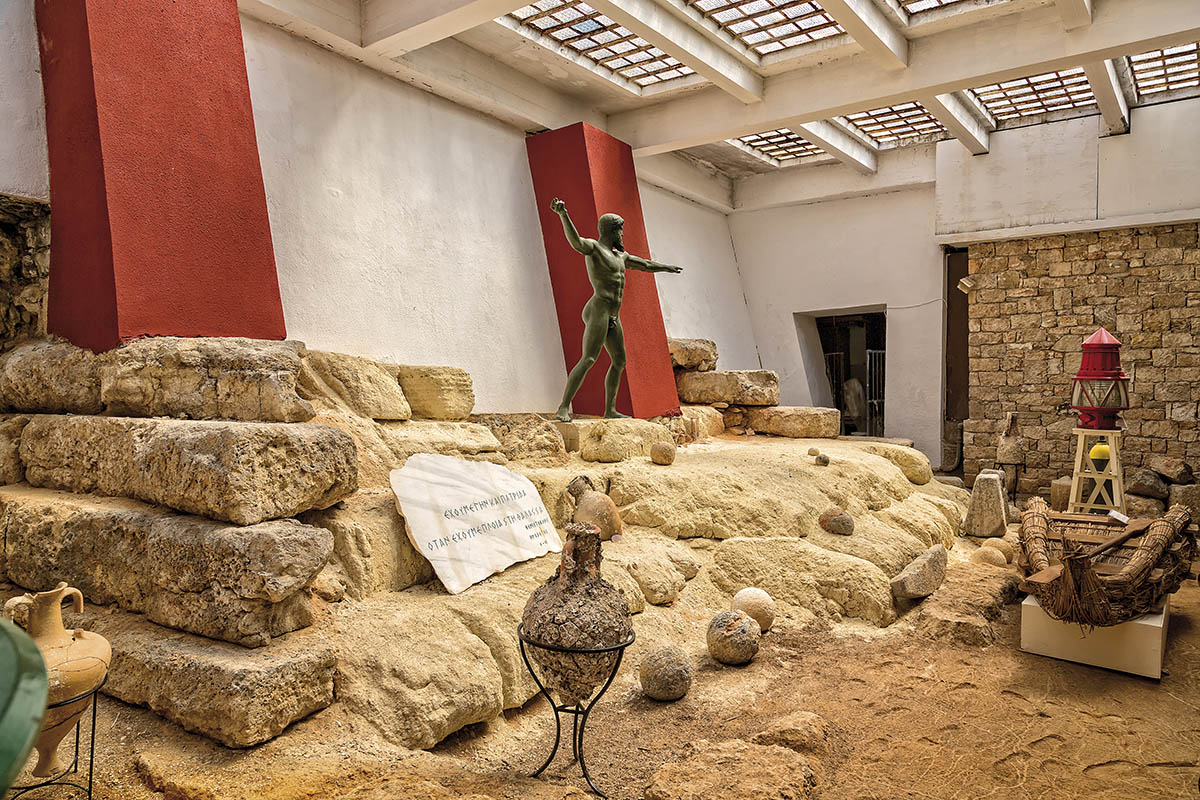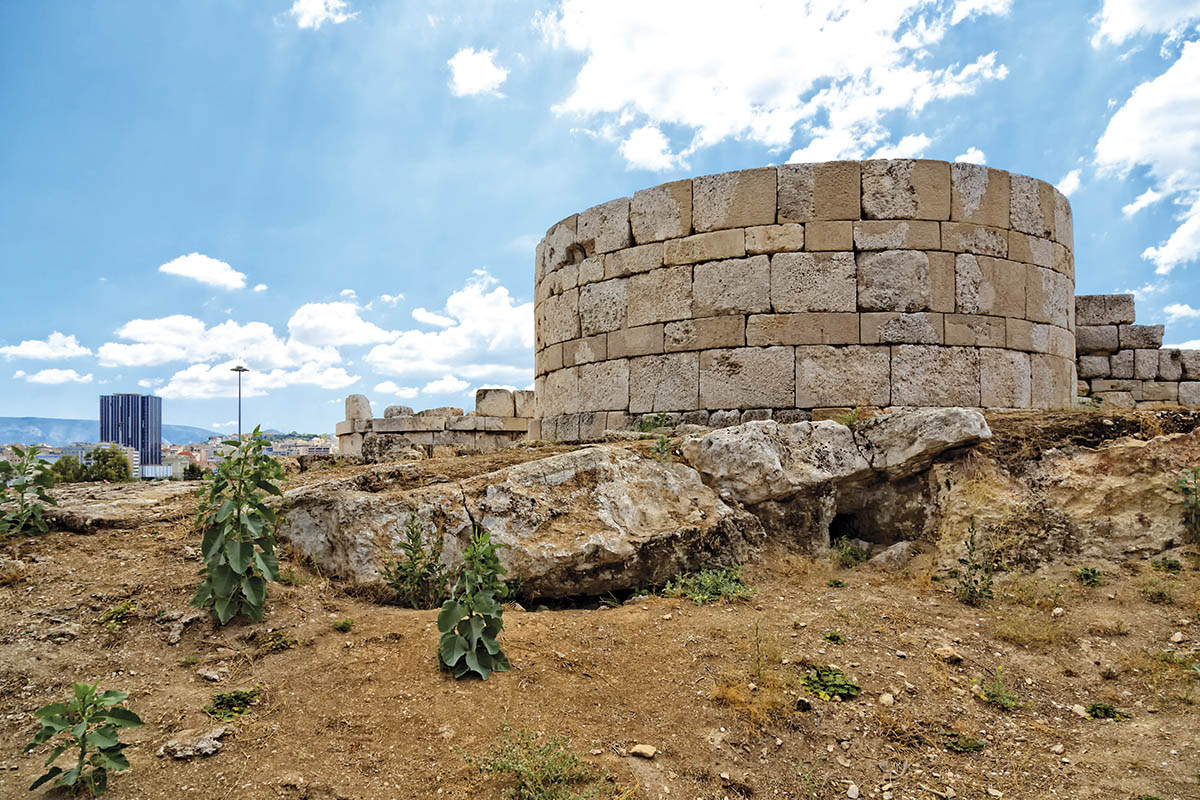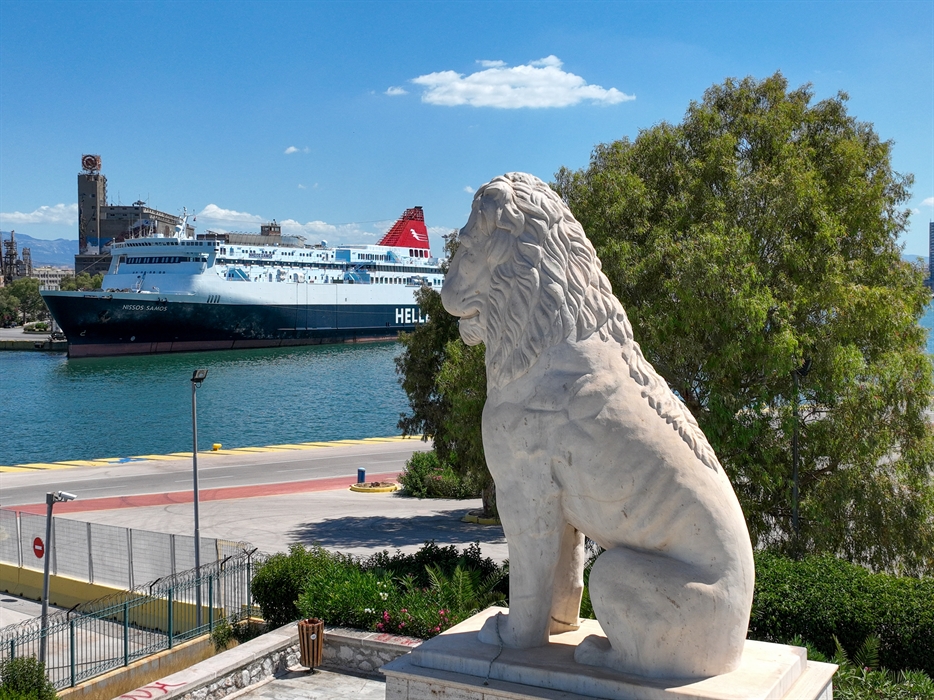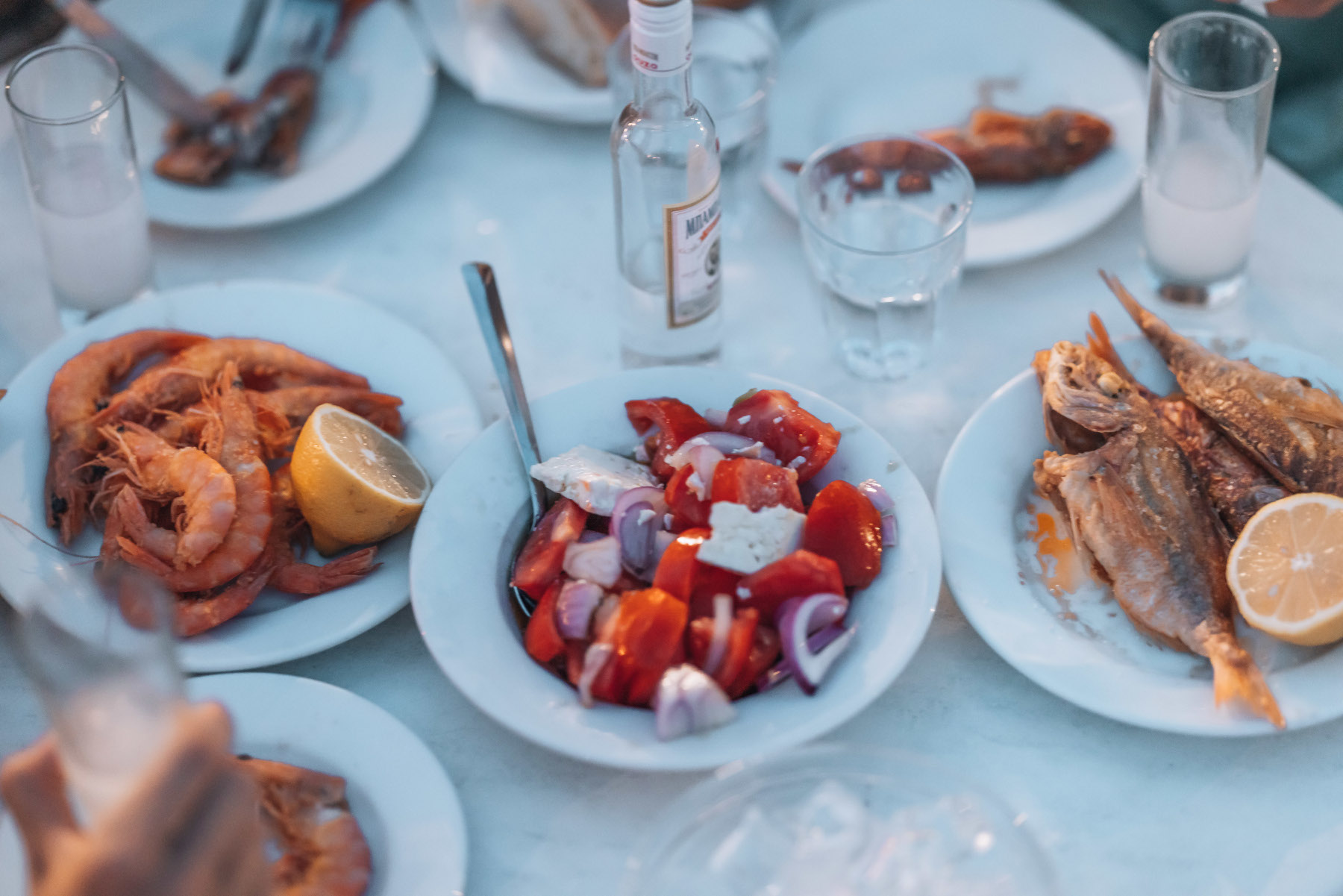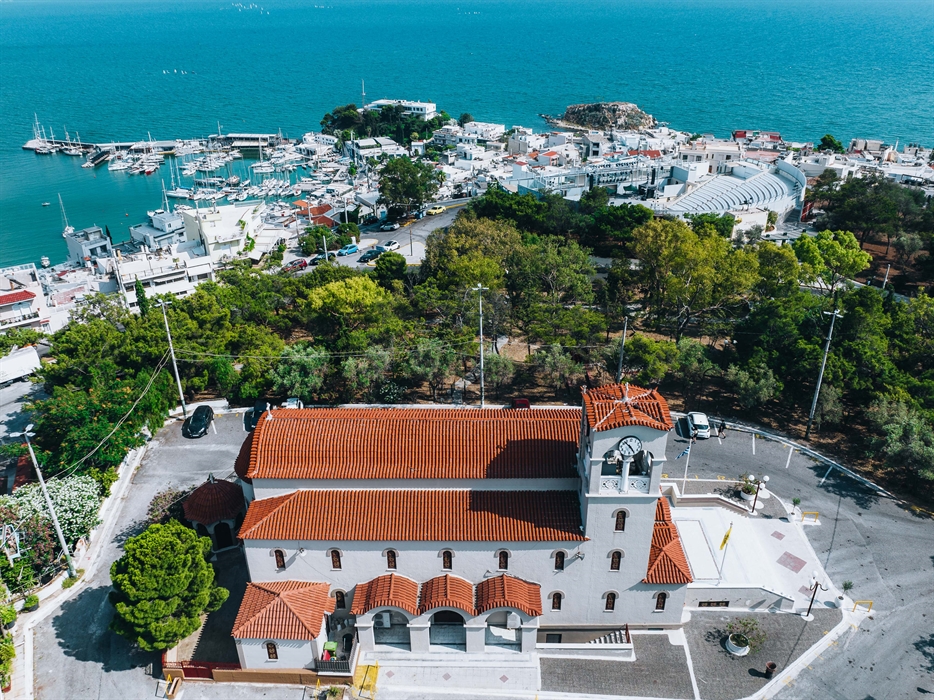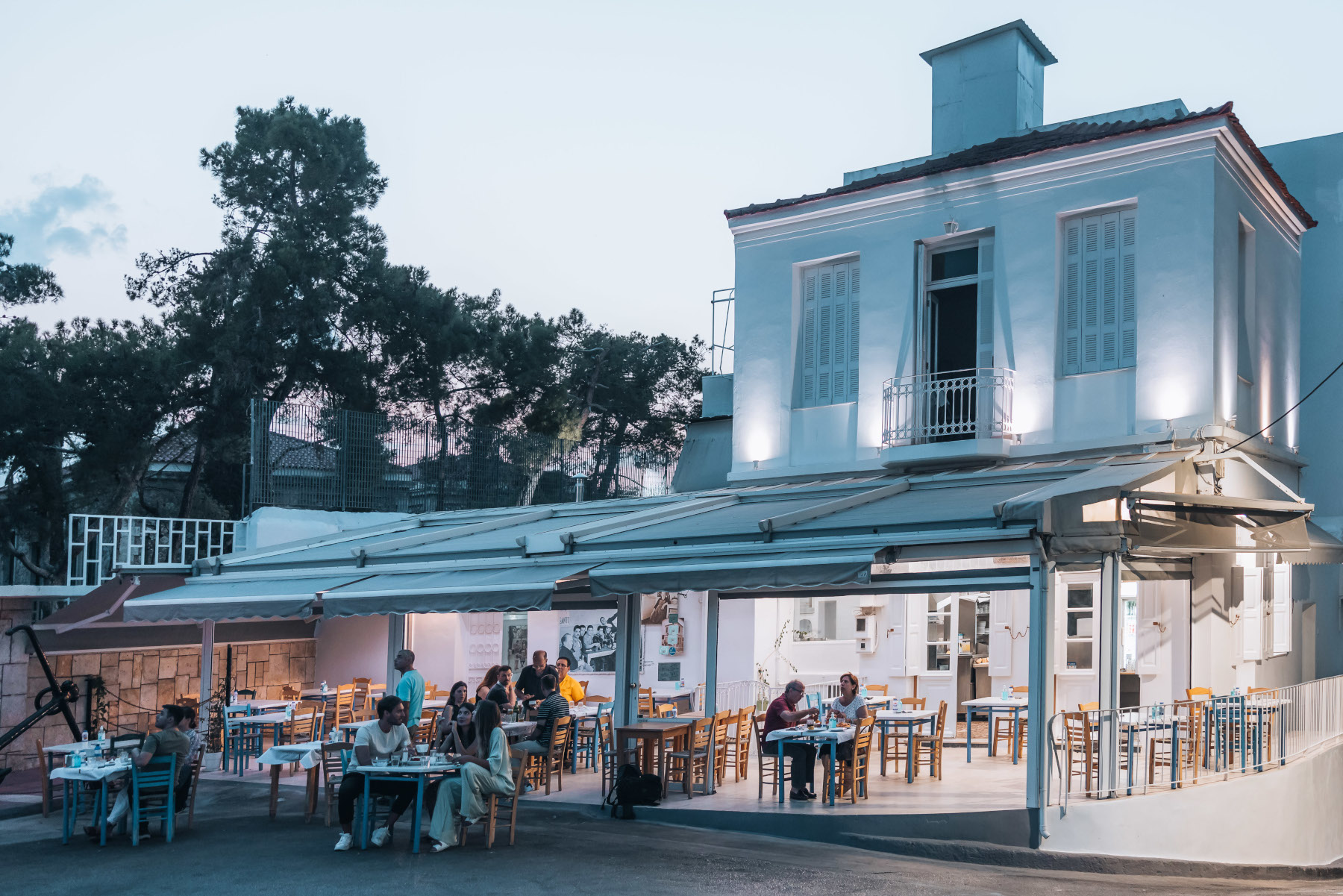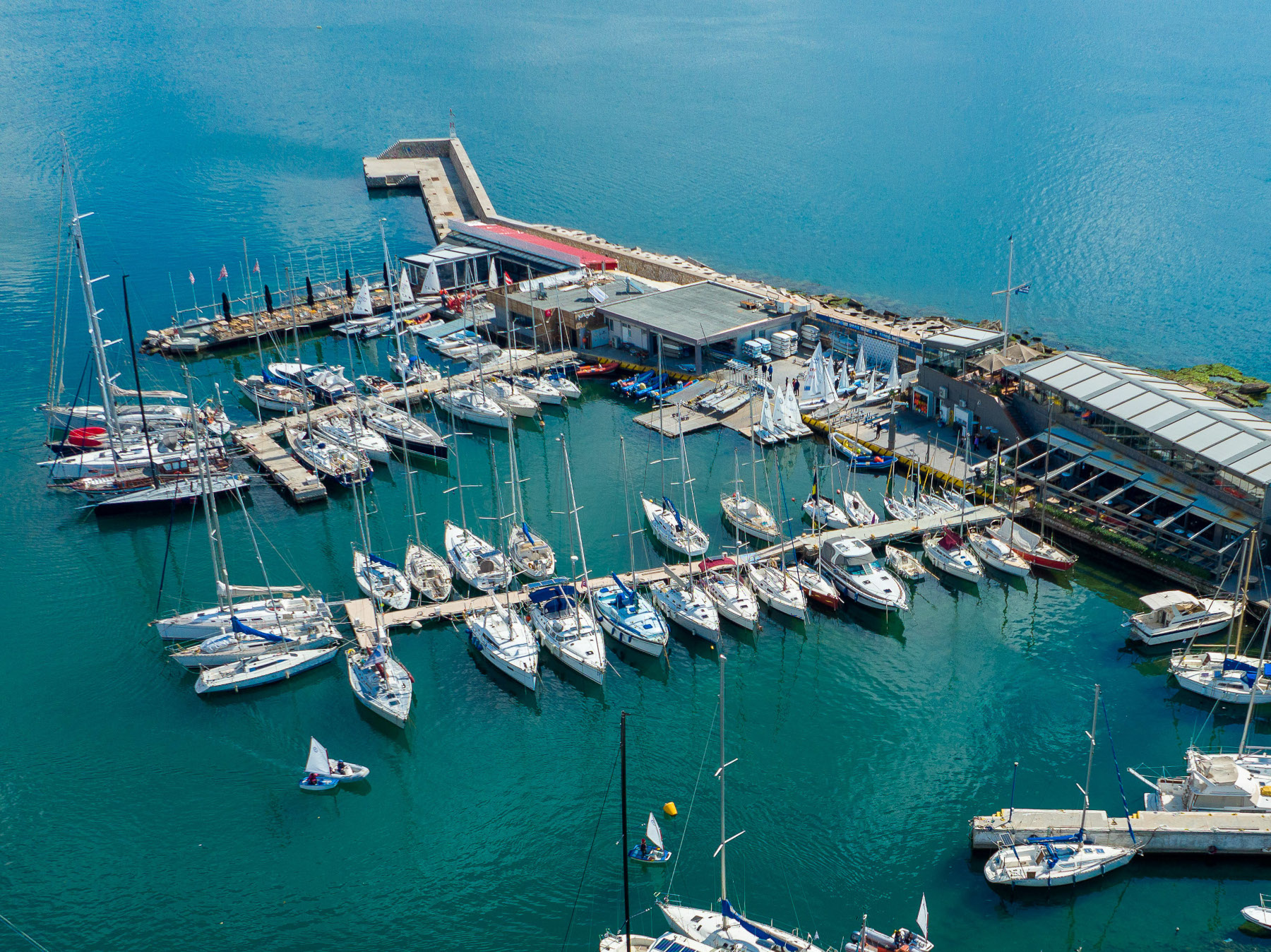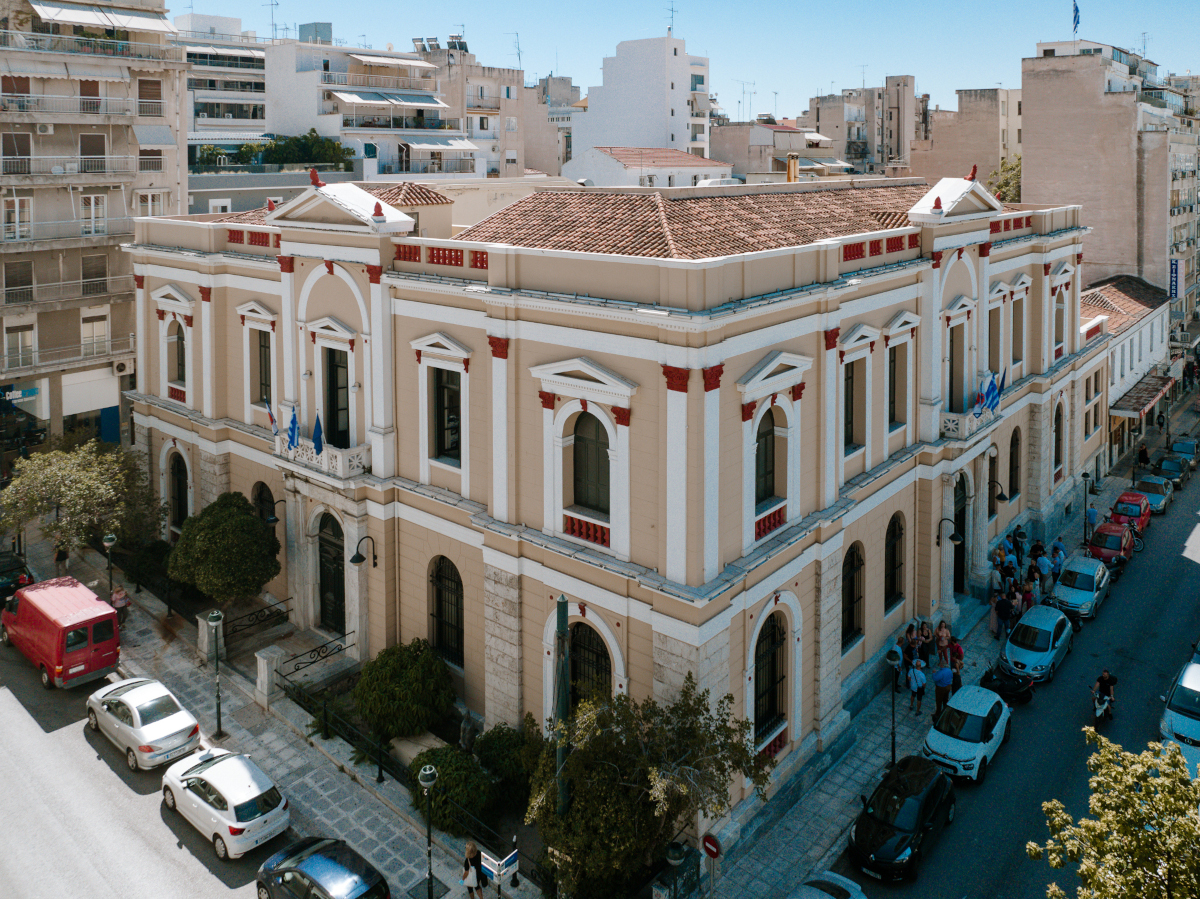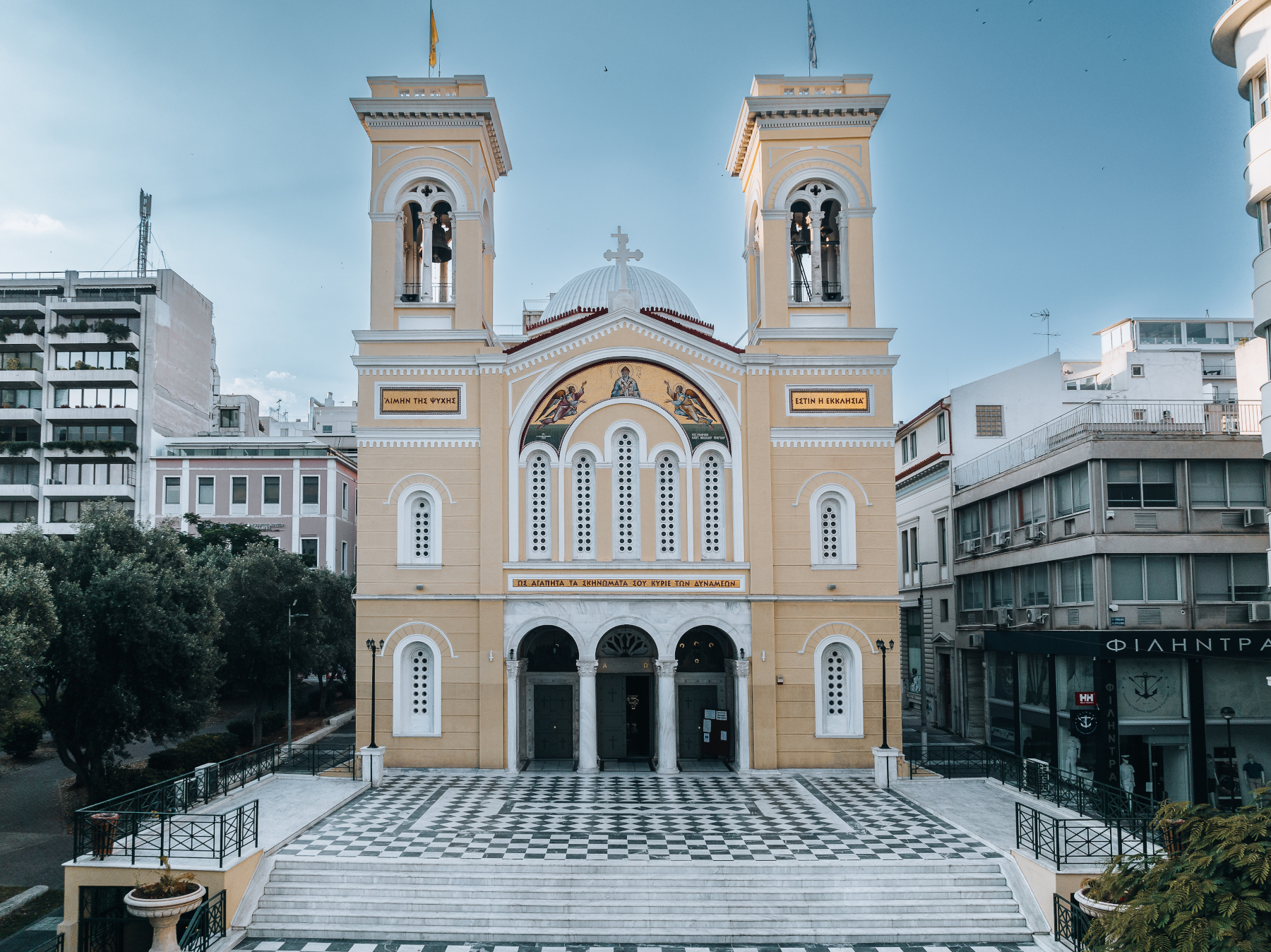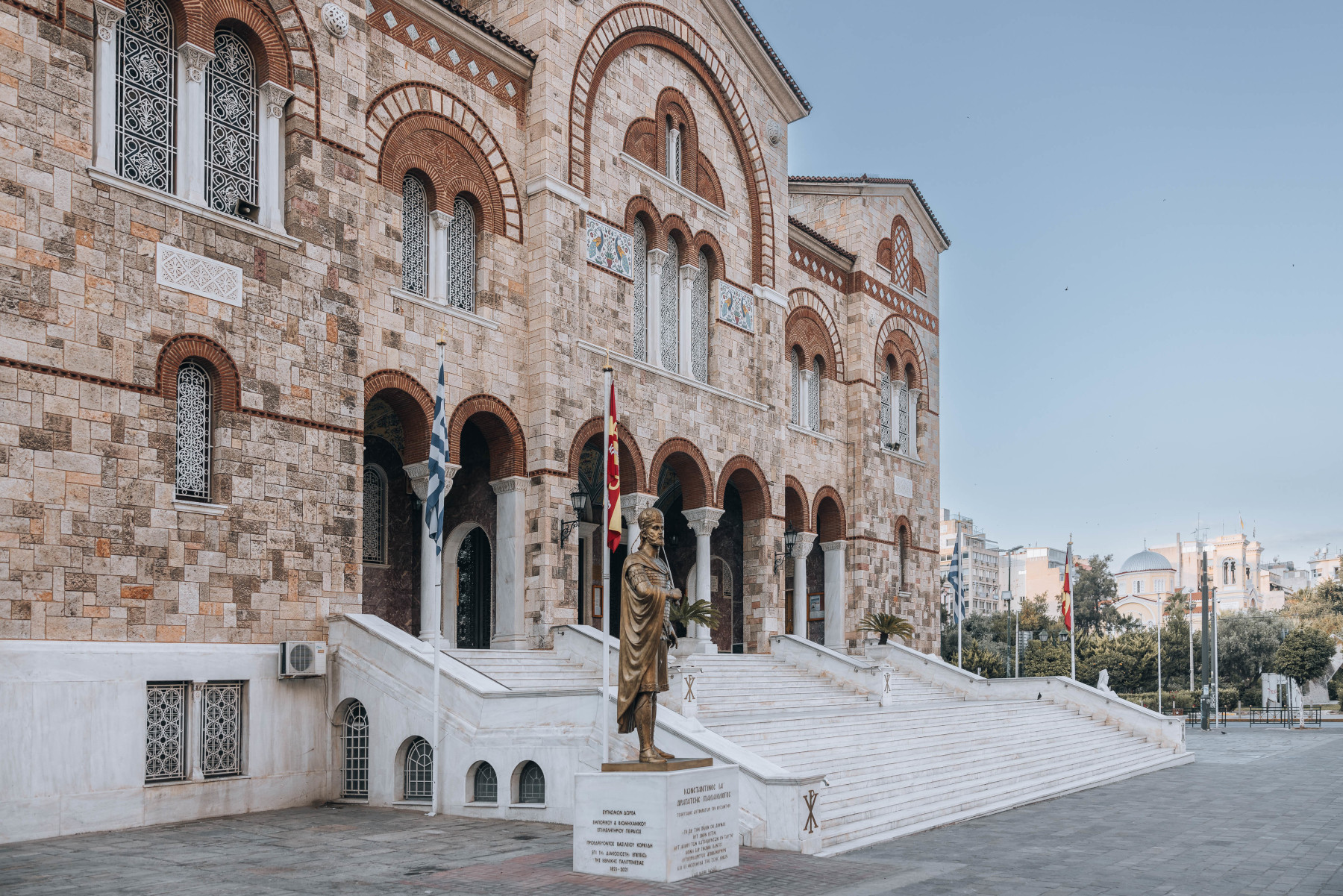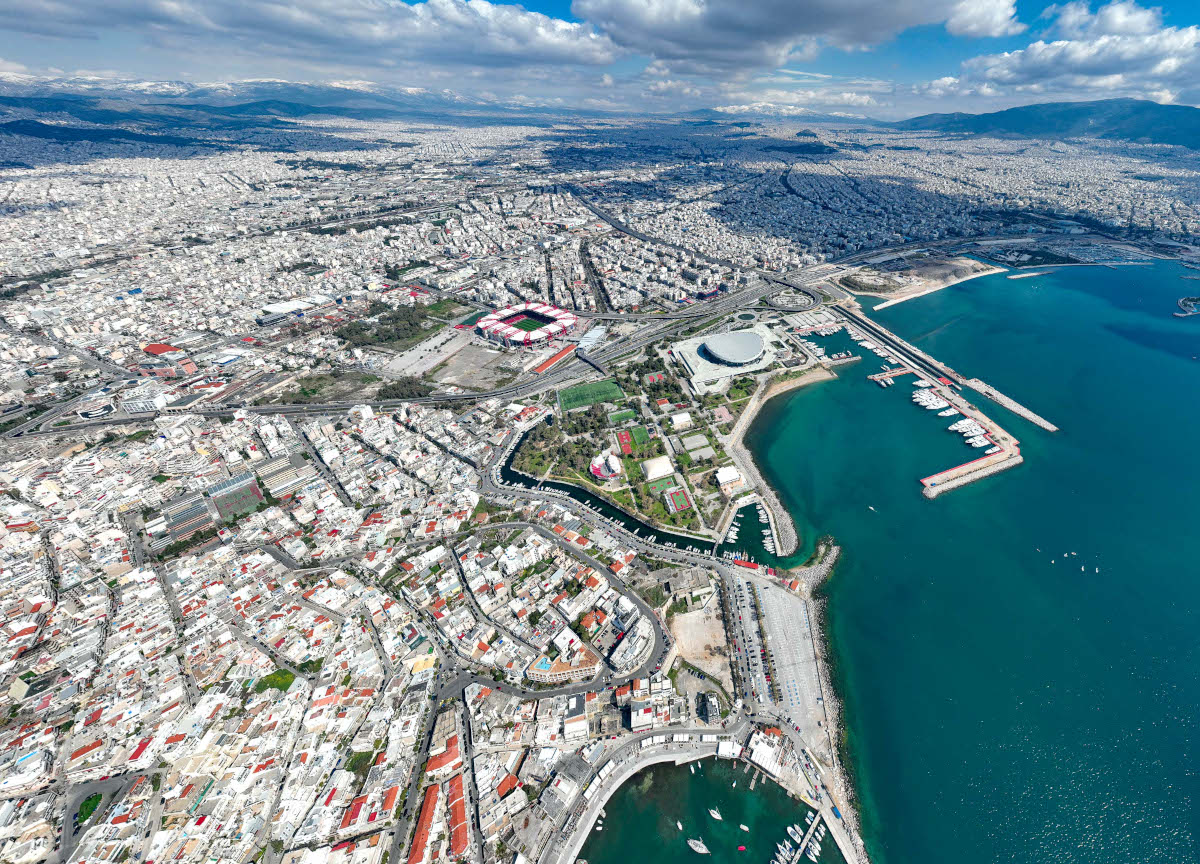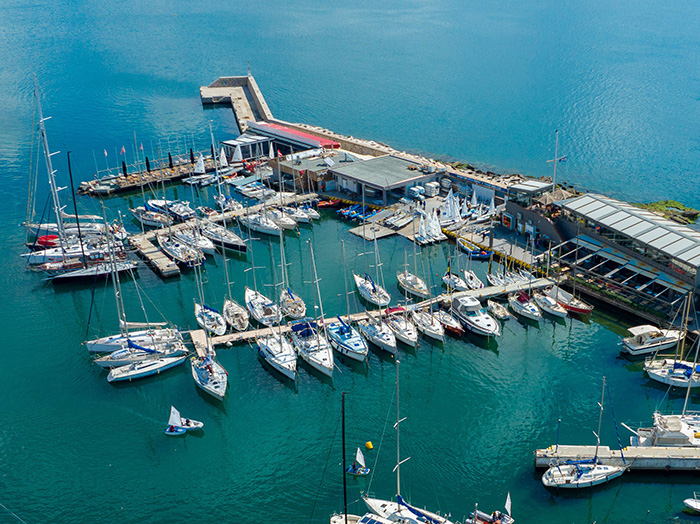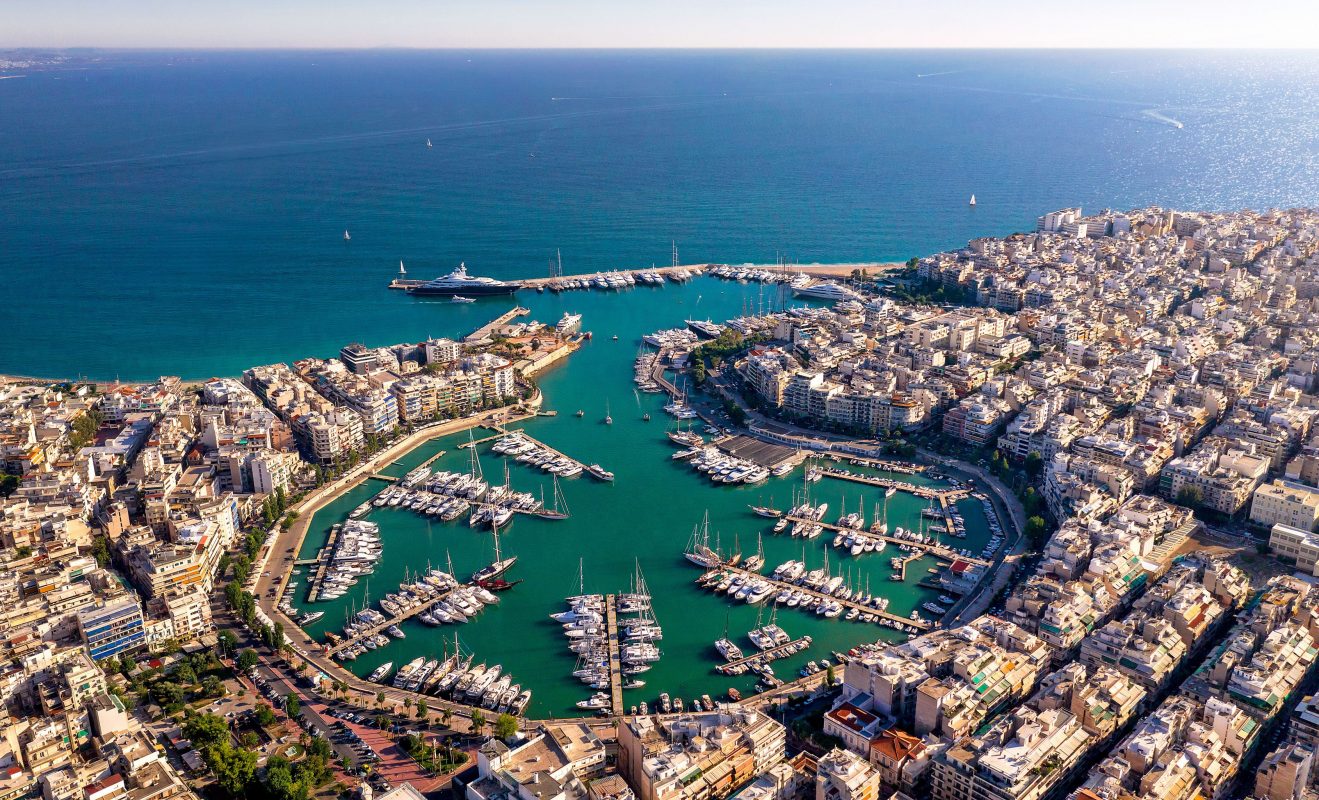The gastronomy of Piraeus
The city-port of Piraeus is synonymous with travel, diverse cultures, and diversity. The taste as an expression of culture can transport us to the diverse past of this city, to the traditions and the diversity of the people who have lived here: The Piraeus locals from all social classes, the people who came from the islands, the refugees from Asia Minor, foreigners, and recently, the chefs who have chosen Piraeus in recent years to combine traditional recipes with international cuisine in menus that impress with their creativity and daring.
The gastronomic identity of the city has "seals" that connect the past with the present and, for many, evoke nostalgia for authentic flavors and a pure past. Let's get a taste of Piraeus!
- Since when did Piraeus gain fame for its good food? Traditional Greek recipes and the cuisine of Asia Minor played a significant role in the city's gastronomy. In the past, the hangouts were cafes, traditional groceries, and ouzeri, mainly frequented by laborers, sailors, and families who came to the Municipal Market of Piraeus for their daily shopping. Dozens of small establishments served, along with ouzo, tsipouro, and wine, a variety of mezedes (appetizers), often accompanied by music by the rebetiko musicians sitting at nearby tables. Enchanting images that hide thousands of stories of people and flavors.
- This culinary tradition is still preserved today, as traditional grocery-taverns still operate - some with a history of up to 100 years, others more "modern" - combining flavors with traditional products that you can purchase. At the tables of mezedopoleia (meze-serving places) and taverns, characteristic mezedes will parade, such as pastourmas, sausages, pickled vegetables, and soutzouk loukoum, politiko tas kebap, kavourmas, as well as dishes with simple and delicious recipes that Greeks learned from their grandmothers and mothers or recipes and ingredients from other parts of Greece.
- Fish and Meat in Dozens of Choices. Naturally, seafood and fish have their honor in Piraeus. The essential combination is unbeatable: seafood, appetizers, fish, wine, and ouzo. They blend uniquely with the sunshine and the view of the sea! A few more flavors to whet your appetite: grilled octopus, prawns, marinated sea bass, sardines, mussels, fried and stuffed squid, oysters, sea urchins, quinces, oysters, shiny, red mullets, barbounia, koutsomoures, tsipoures, hammerheads, groupers, snappers, and many more.
There are dozens of options for those who love grilled or cooked meats. As for souvlaki, you can find it in many places in the city and enjoy it either seated or on the go. An emerging force in Piraeus is also the 'gourmet' street food."
The mosaic of flavors is completed by traditional sweets. Pastries, mille-feuille, profiteroles, "mother-in-law's tongue" cookies, loukoum, baklava, and galaktoboureko, samali, and ravani, rice pudding, yogurt with honey and walnuts, creams, ice creams. You can choose from the showcases of modern pastry shops or "glykopoleia" (sweet shops) belonging to old Asia Minor families. You can savor them as desserts and coffee accompaniments in many places, or take them with you to sweeten your walk around the city!

Traditional Greek recipes and the cuisine of Asia Minor played a significant role in the city's gastronomy. In the past, the hangouts were cafes, traditional groceries, and ouzeri, mainly frequented by laborers, sailors, and families who came to the Municipal Market of Piraeus for their daily shopping.








